Fundamental Chess Tactics
Antonio Gude
Translated by Phil Adams
A comprehensive guide to tactical ideas learn how to win material and storm the enemy position!

Contents
Symbols
| x | capture |
| + | check |
| ++ | double check |
| # | checkmate |
| 0-0 | castles kingside |
| 0-0-0 | castles queenside |
| !! | brilliant move |
| ! | good move |
| !? | interesting/probably good |
| ?! | dubious |
| ? | bad move |
| ?? | blunder |
| Ch | Championship |
| 1-0 | the game ends in a win for White |
| - | the game ends in a draw |
| 0-1 | the game ends in a win for Black |
| (n) | nth match game |
| (D) | see next diagram |
Below diagrams:| + | Show how to win/gain an advantage |
| = | Show how to draw |
| Easy |
| Medium |
| Hard |
Preface
What others call life is, for chess-players, nothing more than a mere pause between one game and the next. VIKTOR VARAKIAN (character in a story) As has been said so often, strategy dictates
what to do and tactics takes charge of doing it, in other words,
how to do it. Tactics refers to a wide range of actions and manoeuvres that are used to put into effect our plans and counter the opponents ideas. In other words: concrete moves and sequences of play. The struggle on the chessboard is governed by strategy, which is the H.Q., the great brain in the background, which inspires and directs the action. In this book we shall be talking about calculation, threats, counter-threats, attack, defence and counterattack. Even though tactics are involved in all aspects of chess, when players refer to
tactical play, they have in mind a sharp style, especially the kind of struggle that involves sacrifices and combinations.
Following the same tendency, the term strategic or positional play is given to the kind of game in which almost no complications exist and more static considerations are predominant: the occupation of open files, pressure on weak points, prophylaxis, positional attacks, the accumulation of small advantages, etc. We shall follow this general trend, and talk about tactics in the sense of sharp, dynamic play, with an undoubted emphasis on combinative play. Starting from three main themes (the double attack, the role of pawns and the attacking the castled king), I have sought to develop a theory regarding decisive attacking (or drawing) combinations a theory which is intended to bring classical ideas up to date and which is based on the dynamic use of active pieces (and their contact with the opposing pieces), open lines and spatial and positional superiority. Is this a new discovery? No. It is nothing more or less than the approach and tone of modern competitive chess. In this work we study the factors that favour combinative possibilities, the techniques involved in attacking the castled king and also thematic combinations.
Allow me to expand on a point from the previous paragraph. The double attack underlies the vast majority of combinations, and the role of the pawns, about which one could never say enough. Both these important matters are discussed extensively in these pages. Pawns are essential in the game of chess, not because Philidor said so, or because numerous theoreticians have repeated it ever since, but because everyday chess demonstrates it to us with tangible signs and proofs. Thus all contacts between pawns, structural characteristics, aspects of pawn promotion, etc., are covered here. Let us not forget two things: 1) all weaknesses in chess have something to do with pawns; 2) the only possible way to inject new life into the game is for a pawn to reach the final square of his file.
The great chess-players play an ever more intense, ultra-dynamic form of chess, and the struggle to gain the initiative has reached unimaginable heights. Never in the history of chess have there been such rich struggles as in the last few decades. All of this cannot help but be favourable to chess and enrich the quality and complexity of the struggle over the chessboard, but there is also a counterweight to this. Now that we are so accustomed to opening systems that appear to violate traditional chess principles, it is easy to lose sight of the fact that those principles still have a good deal of validity. The opening of the following game gives us an idea of some of the excesses in theoretical experimentation: 1 e4 c6 2 d4 d5 3 e5 Bf5 4 h4 Na6 5 g4 Bd7 6 h5 f6 7 f4 Nh6 8 Bh3 c5 9 f5 e6 (D).  White to play Hypermodernism is a thing of the past.
White to play Hypermodernism is a thing of the past.
Even futurism, if such a thing exists, is anachronistic. This is hyperfuturism! This game, contrary to what might be thought, was not played by two amateurs but by two respected GMs: John van der Wiel and Stuart Conquest, in the European Team Championship (Batumi, 1999). Let us pause in our humble reflections to consider the process by which the players managed to reach this interesting position. Out of a total of 18 moves, 13 were made by pawns! White has only developed one piece, moving his kings bishop to the edge, where it protects his pawns on g4 and f5 and, as is to be expected, it is restricted by them. Black has an appreciable advantage as regards piece development, because he has already mobilized three pieces, in spite of having allowed himself the luxury of moving one of them twice (3...Bf5 and 5...Bd7, a not uncommon manoeuvre in the Advance Variation of the Caro-Kann Defence), while both knights, in flagrant revolt against classical principles, have been developed on the edge of the board. A masterly avant-garde strategy? Perhaps, though in this game, White ended up winning in 49 moves after a complicated struggle.
Let us now talk about the question of competition. The greatness of a man lies in firing the arrow, not hitting the target, wrote the Cuban poet Lezama Lima. Many years earlier, World Champion Emanuel Lasker had expressed a similar idea, although more prosaically: Man is responsible for his work, but not for its results. The times in which we live, however, do not confirm such fine declarations of principle. What is the use, nowadays, of playing a magnificent game, if in the end we lose? The young chess-player who has just entered the arena must harden himself against all kinds of adversaries and circumstances. In order to play chess well, there is nothing which can take the place of practice.
Dozens of manuals and monographs do not suffice to teach a player many of the qualities which are required for success in competitive chess, qualities which can only be acquired in the day-to-day struggle over the chessboard: fighting spirit, concentration, tenacity, the ability to adapt to new situations, persistence in defence, control of the attack, handling material advantage, struggling against disadvantages of whatever kind they may be. Concentration, fighting spirit. Yes, I know, Im repeating myself. But no matter how often it is repeated, it will not be often enough. The player must adopt the correct combative attitude, which only he can learn, or perhaps his trainers or clubmates can instil into him. But his best teachers, those who will best give him the correct combative attitude are, without doubt, the opponents he encounters.



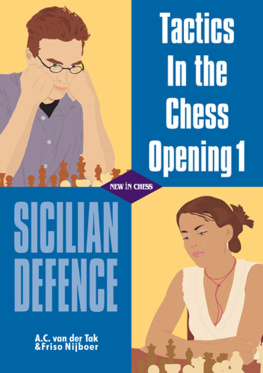
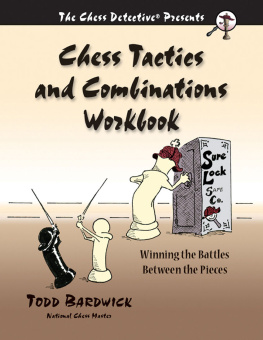
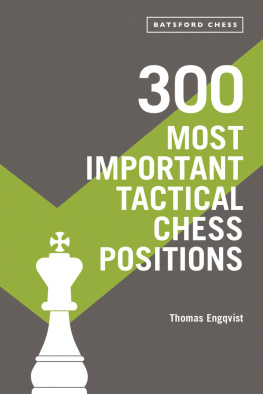
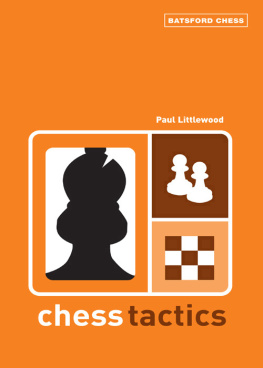
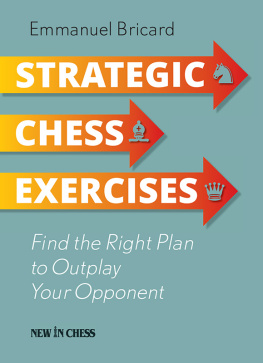
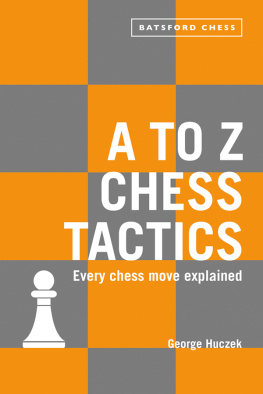
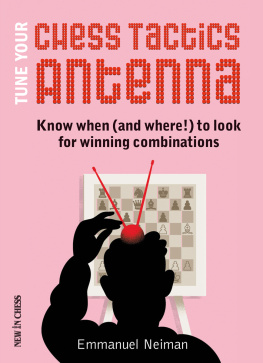
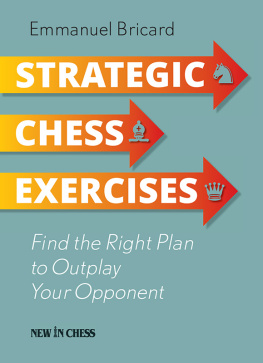
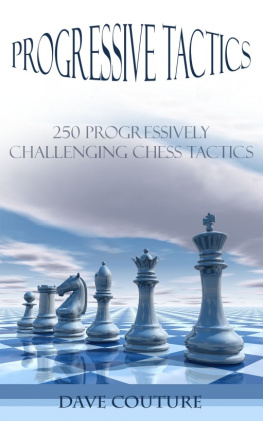

 White to play Hypermodernism is a thing of the past.
White to play Hypermodernism is a thing of the past.